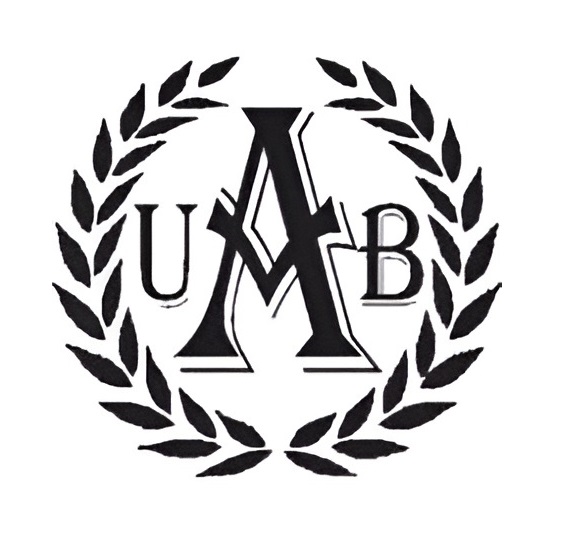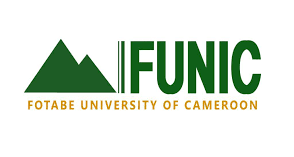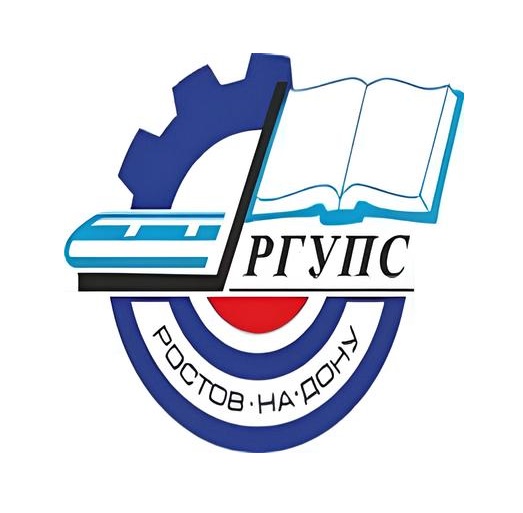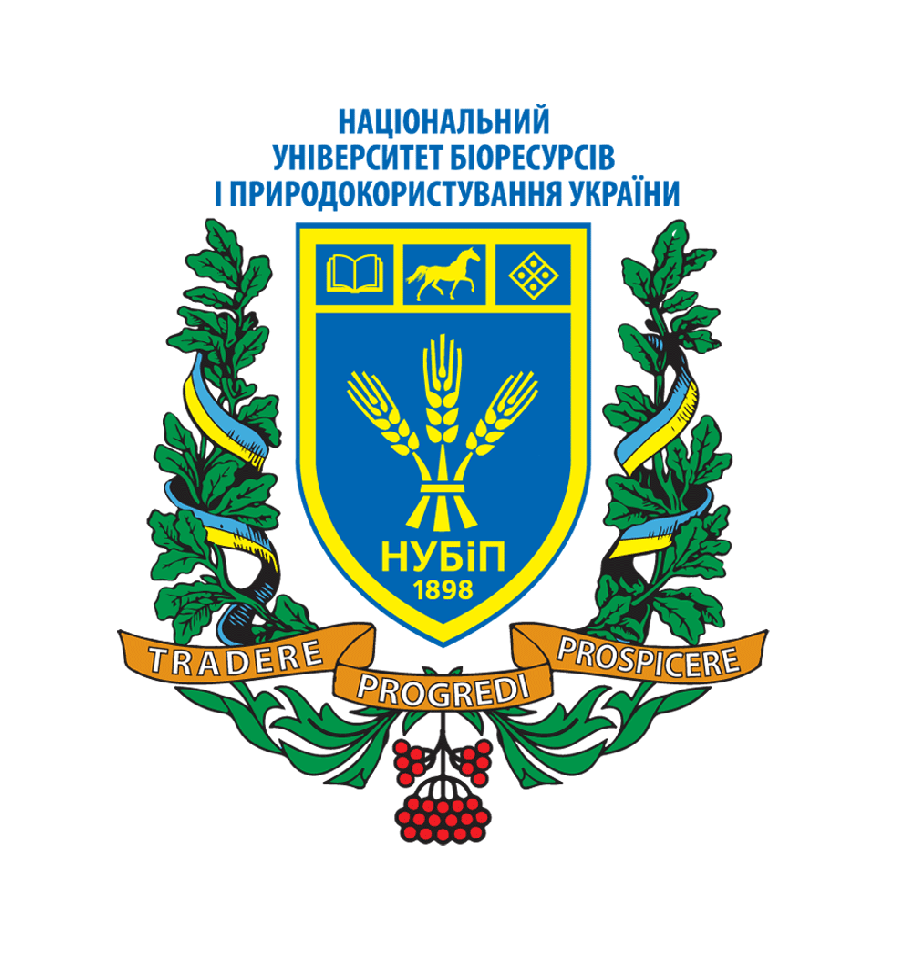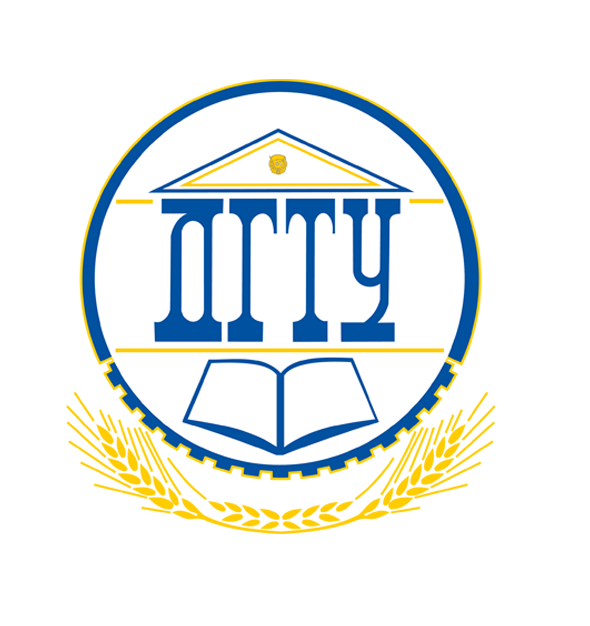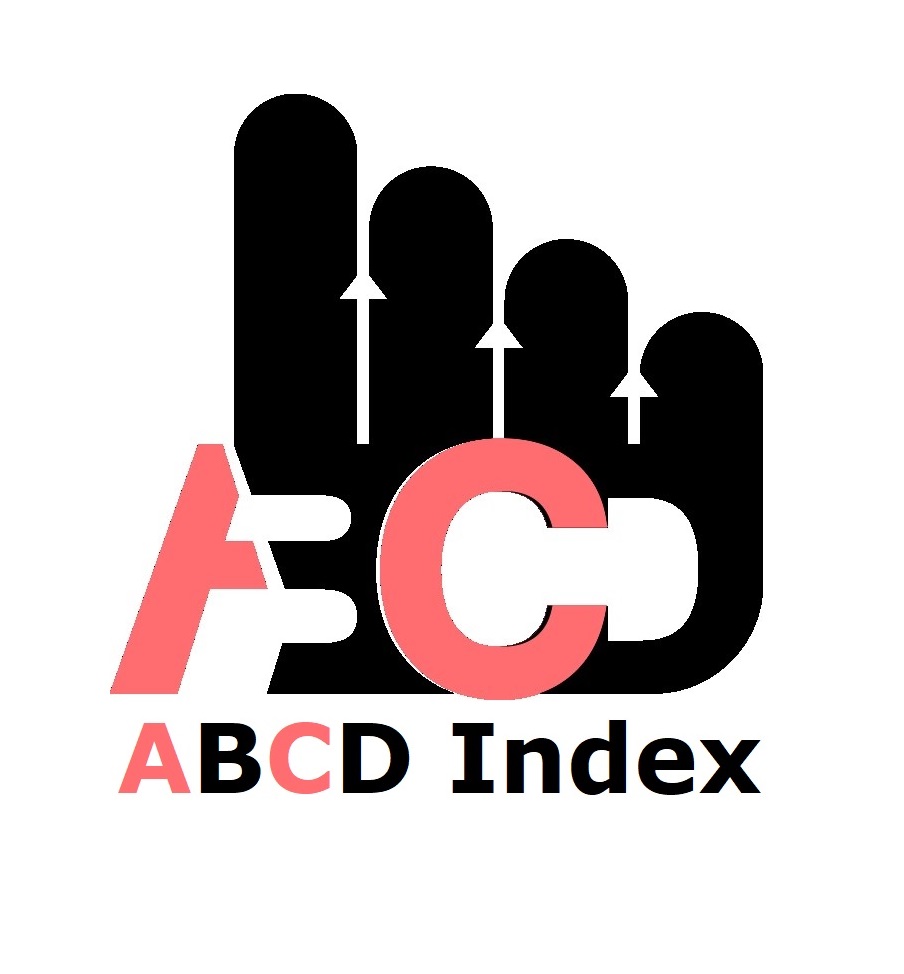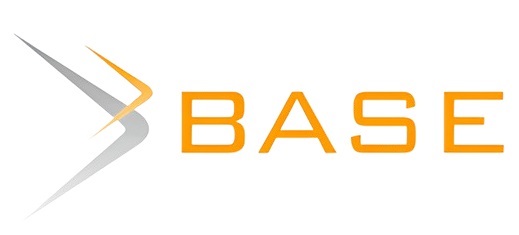Efficacy of Learning Materials on Learners’ Readiness for Primary Education in Kenya
Keywords:
Assessment Strategies, Curriculum Implementation, Efficacy, Learners’ PreparednessAbstract
The early years of a child are of utmost importance in terms of development since they provide substantial prospects that influence subsequent achievements in academia. The field of early childhood education (ECE) has significant importance in equipping young children with the necessary skills and knowledge to succeed in primary academic settings, achieved via the implementation of well-designed curricula. Nevertheless, empirical research indicates that early childhood development and education (ECDE) learners frequently commence grade one without enough preparation, primarily as a result of challenges related to insufficient resources, concerns regarding educational quality, and a lack of relevance. Grounded in Gross' theory of curriculum implementation, this research examined how educational resources contribute to the implementation of the Early Childhood Development and Education (ECDE) curriculum in Kenya. The study utilized a descriptive survey approach and a mixed (embedded) research paradigm. The participant pool included a broad group, including 3 Civil Society Organizations (CSOs), 11 Section Heads, 14 ECDE centres-in-charge, and 150 ECDE instructors. The determination of the sample size, consisting of 178 individuals, was conducted utilizing Yamane's formula. This process involved the utilization of purposive, stratified, and simple random sampling procedures. The data collection methods employed in this study encompassed interviews, questionnaires, and focus group discussions (FGD). The qualitative data was subjected to content analysis and thereafter presented in a narrative format, while the quantitative data underwent examination using descriptive statistics. In the context of inferential statistics, parametric tests were employed. Logistic regression analysis determined the impact of educational resources and intervening factors on fundamental reading skills. The model, with a p-value of 5.865, significantly explained 59.9% of literacy skill variability, correctly classifying 68% of instances. Intervening variables increased the odds of learner readiness by 1.314. The obtained Sig values of.011 and.030 for intervening variables and educational resources, respectively, were below α =.05, leading to the rejection of the null hypothesis and indicating a significant effect on ECDE pupils' preparedness for primary schooling. Recommendations include government-led training for educators on resource utilization and increased support for universities to acquire high-quality textbooks, ensuring comprehensive instructional strategies for teacher trainees.
Published
How to Cite
Issue
Section
Copyright (c) 2023 Herbert Amunavi Obeywa, Teresa A. Okoth-Oluoch, Rose Atieno Opiyo, Aggrey Mukasa Simiyu

This work is licensed under a Creative Commons Attribution-NonCommercial 4.0 International License.
Most read articles by the same author(s)
- Joanne Nabwire Lyanda, Salmon Oliech Owidi, Aggrey Mukasa Simiyu, Rethinking Higher Education Teaching and Assessment In-Line with AI Innovations: A Systematic Review and Meta-Analysis , African Journal of Empirical Research: Vol. 5 No. 3 (2024): Jul-Sep 2024
- Salmon Owidi, Dr. Erick Wangila, John O. Shiundu, Aggrey Mukasa Simiyu, Post COVID-19 Analysis of the Status of online Infrastructure use by Public Universities in Kenya: The Case of Masinde Muliro University of Science and Technology , African Journal of Empirical Research: Vol. 4 No. 2 (2023): Jul-Dec 2023
- Harriet Luembo, Rose Atieno Opiyo, Kenneth Otieno, Effect of Instructional Supervision on Utilization of Teaching and Learning Resources for Implementation of CBC in Pre-Primary Classrooms in Webuye East Sub-County, Bungoma County, Kenya , African Journal of Empirical Research: Vol. 4 No. 2 (2023): Jul-Dec 2023
- Herbert Amunavi Obeywa, Teresa A. Okoth-Oluoch , Rose Atieno Opiyo, Aggrey Mukasa Simiyu, Assessment of the Influence of Teaching Methods on Learners Preparedness for Primary Education in Kenya , African Journal of Empirical Research: Vol. 4 No. 2 (2023): Jul-Dec 2023
- Isaiah Wasimbi Muchanja, Rose Atieno Opiyo, James Bill Ouda, Effect of parenting self-efficacy on teenagers’ self-regulation after COVID 19 in Kakamega North Sub-County, Kenya , African Journal of Empirical Research: Vol. 6 No. 4 (2025): Oct-Dec 2025









